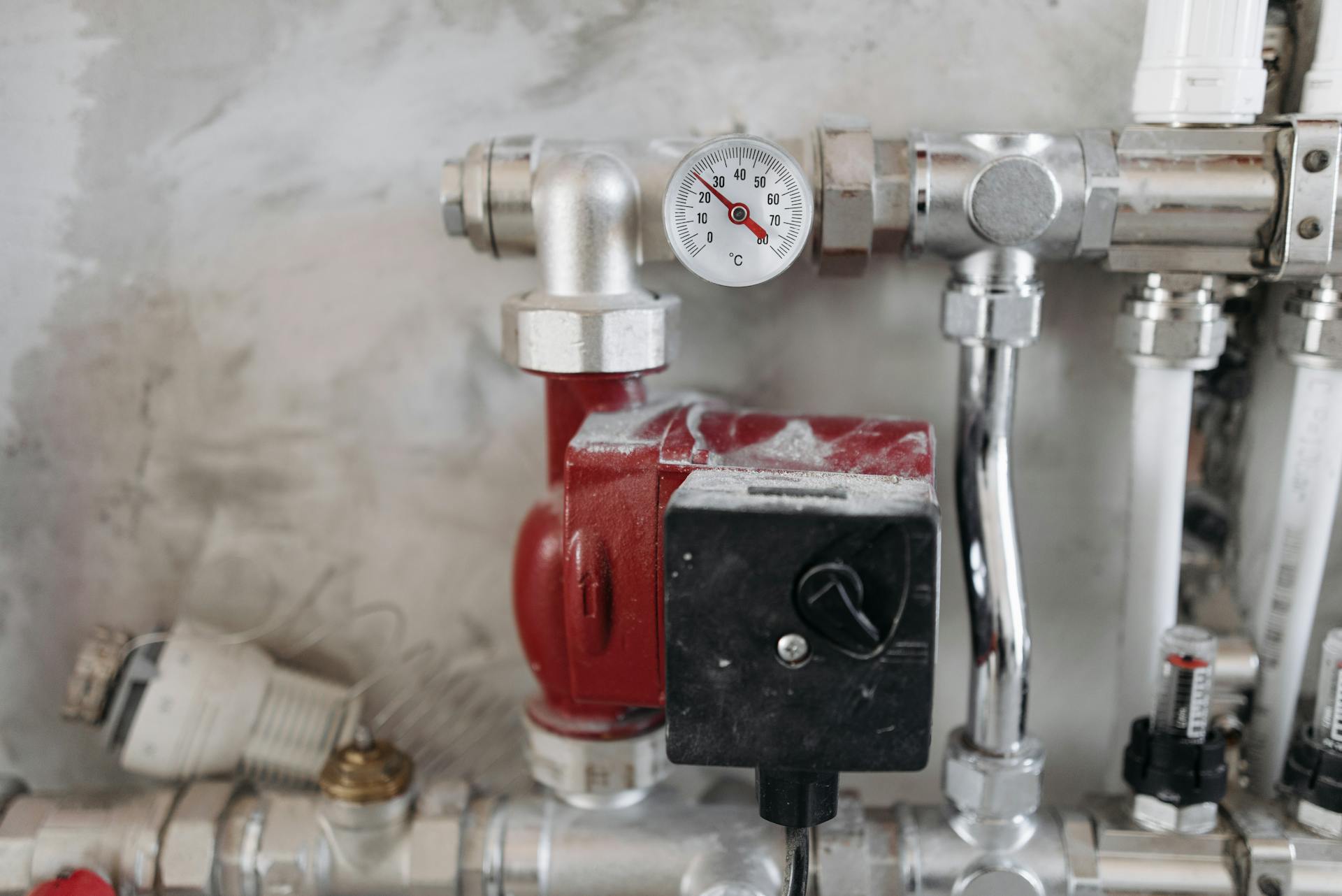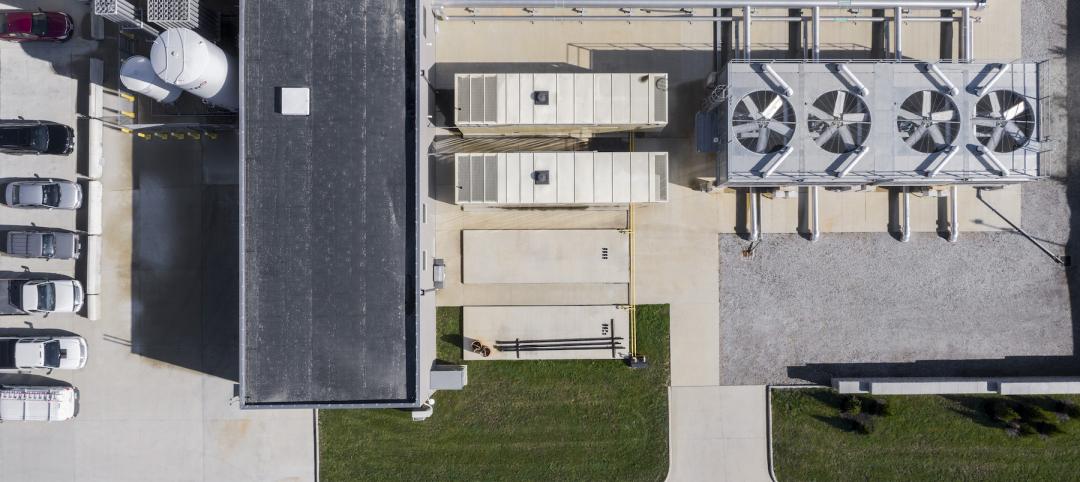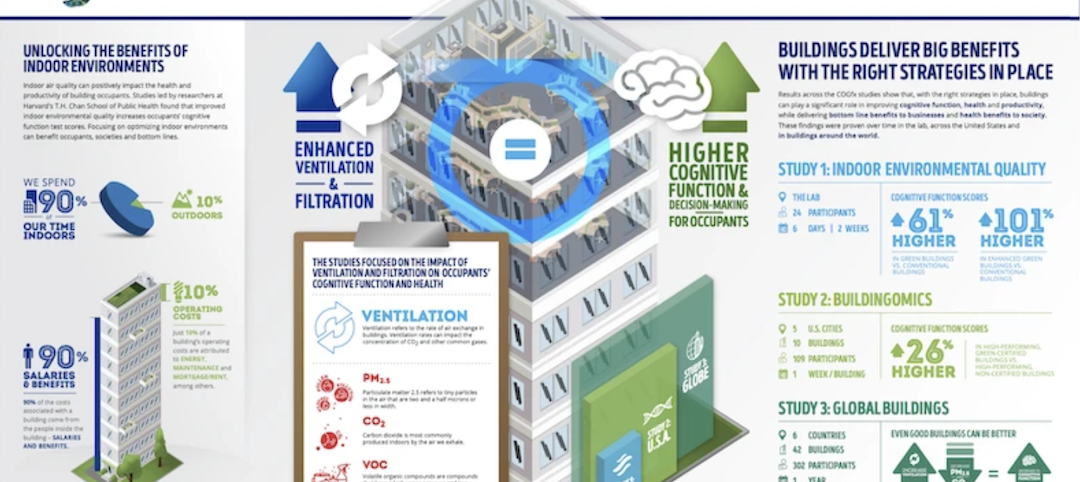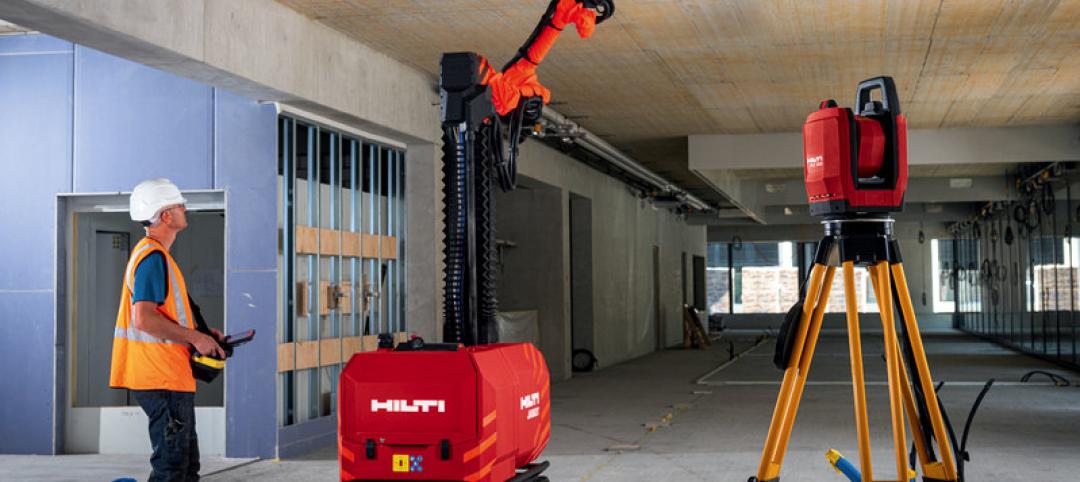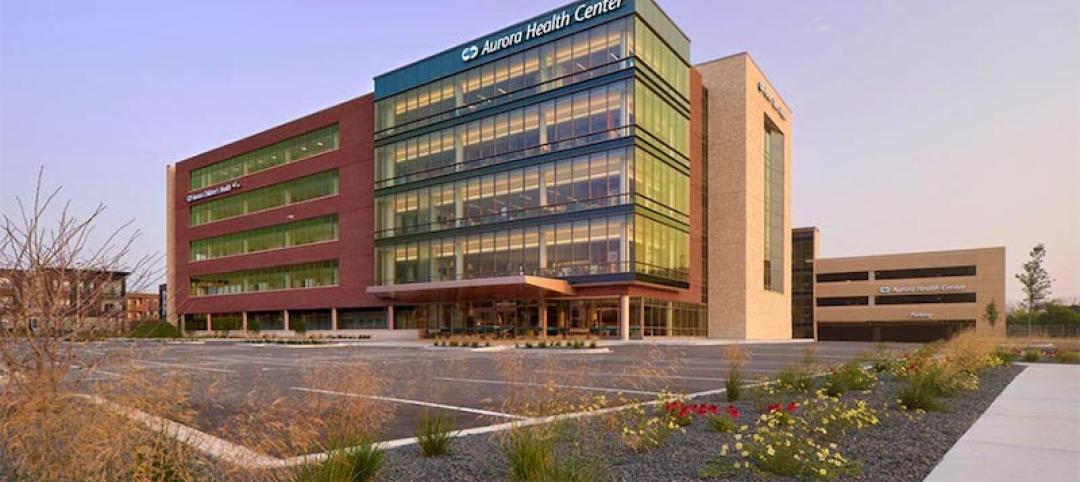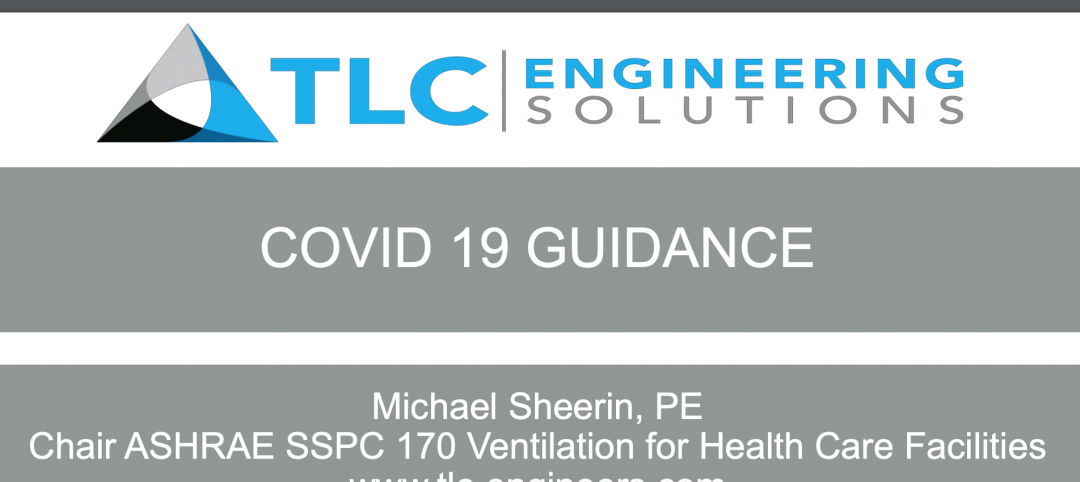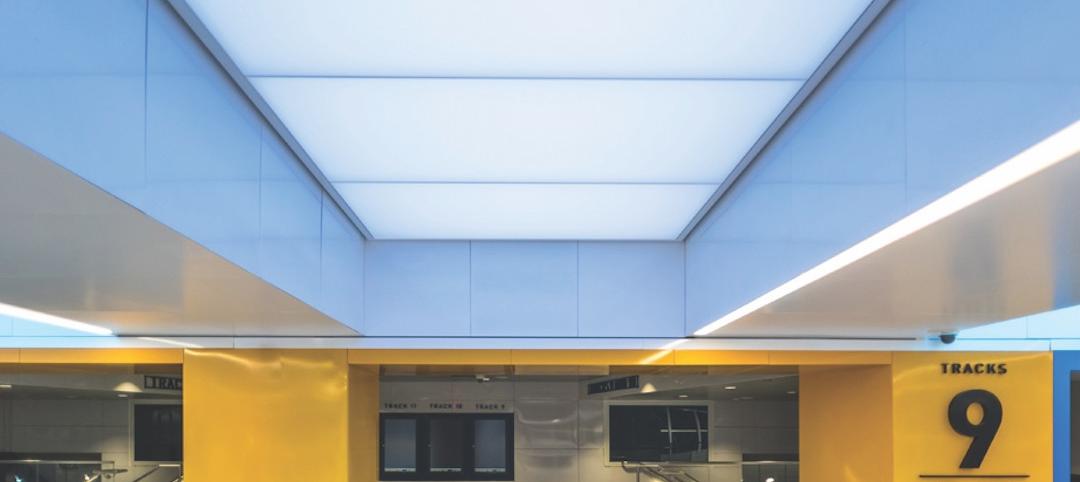All eight manufacturers in the U.S. Department of Energy’s Residential Cold Climate Heat Pump Challenge completed rigorous product field testing to demonstrate energy efficiency and improved performance in cold weather.
On the heels of that success, DOE is working with nine heat pump manufacturers to test heat pump rooftop units (RTUs) for commercial buildings through a new technology challenge. For commercial buildings, heat pump RTUs are estimated to reduce greenhouse emissions and energy costs by up to 50% compared with conventional RTUs fueled by natural gas. But while overall demand is growing, adoption has lagged in cooler climates because of reduced performance in cold weather, DOE says.
DOE is now working with heat pump manufacturers AAON, Addison, Carrier, Daikin, Johnson Controls, Lennox, LG, Rheem, and Trane Technologies to improve energy efficiency and performance of RTUs in cold weather. The manufacturers will create prototypes and test product performance and durability. DOE will then lead field validations with Better Buildings partners, including Amazon, General Motors, Ikea, the Los Angeles Unified School District, Target, Whole Foods, and others.
The initiative is part of the Commercial Building Heat Pump Accelerator that includes the technology development challenge and a targeted campaign to promote product adoption. The accelerator is slated to run through December 2027.
The residential program included field testing of heat pump units that proved to reliably provide heat with little assistance from auxiliary elements, even during the coldest winter periods.
Related Stories
Multifamily Housing | Apr 7, 2022
Ken Soble Tower becomes world’s largest residential Passive House retrofit
The project team for the 18-story high-rise for seniors slashed the building’s greenhouse gas emissions by 94 percent and its heating energy demand by 91 percent.
M/E/P Systems | Jan 27, 2022
Top 5 building HVAC system problems and how to fix them
When your HVAC system was new, it was designed to keep the indoor environment comfortable, functional, and safe. Over time, that system can drift out of alignment, leading to wasted resources, excessive energy consumption, and reduced occupant comfort.
M/E/P Systems | Sep 15, 2021
New Harvard study expands research into impact of indoor air quality on occupant performance
People in buildings in six countries were monitored for a year.
AEC Tech | Oct 28, 2020
Meet Jaibot, Hilti's new construction robot
The semi-autonomous robot is designed to assist MEP contractors with ceiling-drilling applications.
Building Team | Aug 21, 2020
A healthcare project in Wisconsin benefits from including MEP subs in early design discussions
Prefabrication played a major role in quickening construction.
Coronavirus | Apr 1, 2020
TLC’s Michael Sheerin offers guidance on ventilation in COVID-19 healthcare settings
Ventilation engineering guidance for COVID-19 patient rooms
Sponsored | HVAC | Feb 3, 2020
Reliable Building Systems Increase Net Operating Income by Retaining Tenants
Tenants increasingly expect a well-crafted property that feels unique, authentic, and comfortable—with technologically advanced systems and spaces that optimize performance and encourage collaboration and engagement. The following guidance will help owners and property managers keep tenants happy.
Sponsored | HVAC | Jan 6, 2020
Four Ways Building Systems Create Long-term Profitability
When accounting for the total cost of ownership and the potential return on investment, owners and developers should consider total energy usage, the lifespan of building systems equipment, the recruitment and retention of occupants, and lease rates.
Sponsored | HVAC | Jan 6, 2020
Maximize Energy Efficiency in Class A Office Buildings With Modern Building Systems
Energy-efficient building design starts with the building envelope, but the building systems have a tremendous impact on energy use as well.
75 Top Building Products | Dec 16, 2019
101 Top Products for 2019
Building Design+Construction readers and editors select their top building products for the past 12 months in the fourth-annual 101 Top Products report.


